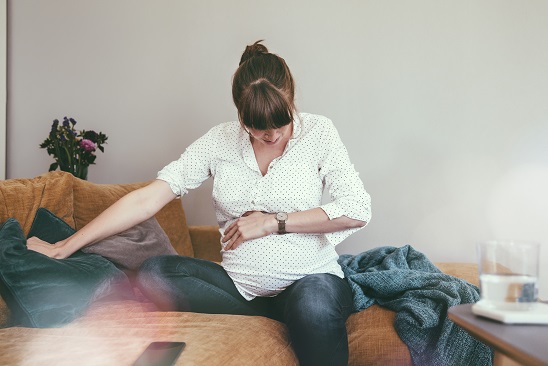
Prepared by: Dr Gavin Yong,
Consultant Obstetrician & Gynaecologist
Gleneagles Kota Kinabalu
1. What are some myths and misconceptions people have about C-sec?
Among the prevalent misconceptions about c-secs are that the procedure is dangerous, extremely painful, and have a prolonged recovery period. This could not be further from the truth. Some mothers also perceive performing the procedure to be a personal failure for not having a normal delivery. This should not be the case.
2. Are complications common during normal delivery after a C-sec?
Complications are not common, but caretakers must practise constant vigilance and the procedure should be done at a tertiary hospital.
3. Why do people seem to think that a normal delivery won’t be possible if they’ve had a C-sec done?
It is a perception issue. Normal delivery after having undergone a c-sec carries a risk of scar dehiscence, whereby the surgical incision ruptures. Therefore, many mothers choose not to take that risk.
4. Are there risks for vaginal birth after C-sec and what are they?
Yes, Vaginal birth after caesarean (VBAC) does carry a risk. The most important would be scar dehiscence leading to scar rupture.
5. What are some signs for pregnant mothers to look out for to know if they will be suitable for vaginal delivery or C-sec?
There are a number of factors; namely the height of the mother, size and position of baby, as well as whether the foetal head is engaged at term. Pregnant mothers should also look for scar pain/tenderness.
6. Could you list down if there are differences in recovery rates or if there are any differences at all in terms of recovery and baby health between a normal delivery and C-sec?
The rate of recovery for a c-sec would only be a day or two longer than a normal delivery. Mothers should already be off the bed the day after the procedure.
7. If a woman can undergo normal delivery but would prefer a C-sec, would you advise against it or it is entirely up to the woman’s choice?
If a mother can go through a normal delivery, I would encourage her to take this route. I would advise a c-sec if there are risk factors associated with the birth. The mode of delivery should not entirely be the mother’s choice.
8. If a pregnant mother is long overdue, are there things she can do to induce pregnancy herself (I’ve heard of old wives’ tales such as eating spicy food and etc)?
If a pregnancy is long overdue, the mother should be encouraged to deliver. Post dates carry a high risk of the baby passing meconium in the uterus.
9. But let’s say the mother is at the hospital past her cut-off date, what methods would you use to induce labour?
There are two ways for the induction of labour. I would prefer to use IV oxytocin, as it is able to control the contraction and timing of labour.

Wait a minute

Wait a minute